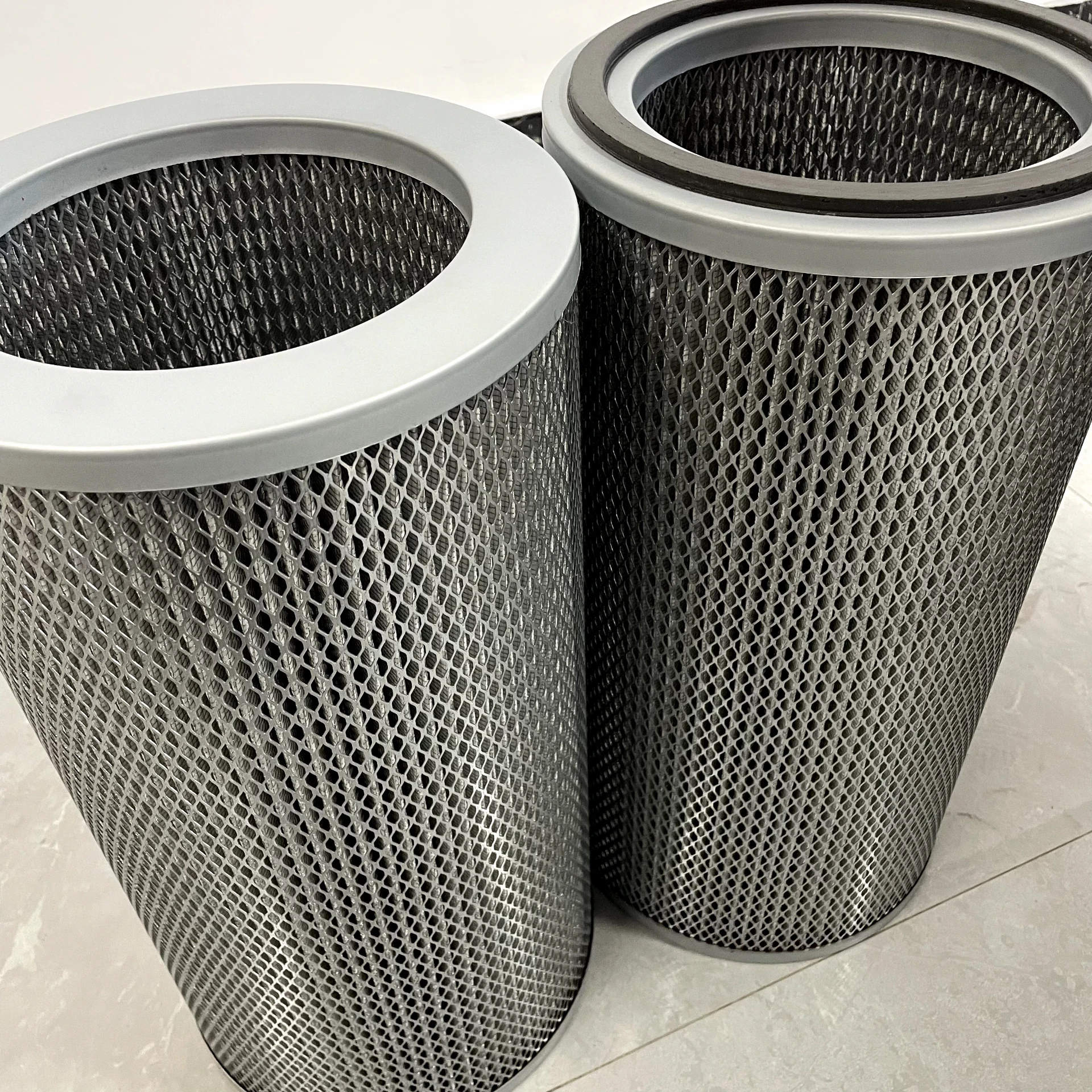 Tel:
+8615930870079
Tel:
+8615930870079
dec. . 16, 2024 14:18 Back to list
carbon impregnated cellulose filter cartridge
The Role of Carbon Impregnated Cellulose Filter Cartridges in Water and Air Purification
In today’s world, the demand for clean water and air is more pressing than ever due to increasing pollution levels and industrial waste. Among various filtration technologies, carbon impregnated cellulose filter cartridges have emerged as an effective solution for enhancing the quality of both air and water. This article explores the properties, applications, and advantages of these specialized filter cartridges.
Understanding Carbon Impregnated Cellulose
Carbon impregnated cellulose filter cartridges combine the natural properties of cellulose, a plant-derived material, with activated carbon, known for its superior adsorption capacity. Cellulose provides structural integrity, while the carbon component facilitates the removal of impurities through adsorption. The combination results in a filter cartridge that not only traps particulate matter but also actively removes contaminants through chemical interactions.
Mechanism of Filtration
The filtration process starts with the physical capture of larger particles, such as dirt and sediment, by the cellulose fibers. As water or air passes through the cartridge, the activated carbon in the filter adsorbs smaller pollutants, including volatile organic compounds (VOCs), chlorine, and various odor-causing agents. The effectiveness of this process is largely dependent on the surface area of the activated carbon, which is significantly increased during the carbon impregnation process. This allows the filter to operate efficiently even in applications where various contaminants are present.
Applications in Water Purification
In the realm of water purification, carbon impregnated cellulose filters are often employed in residential, commercial, and industrial settings. They are particularly effective in treating municipal water supplies, where they help to remove chlorine, lead, and other harmful substances that may affect human health. Additionally, these cartridges are commonly used in reverse osmosis systems and point-of-use filtration setups due to their compact design and ease of replacement.
Furthermore, these filters can be strategically used in agricultural applications to improve irrigation water quality, thereby enhancing crop yield and safety. They are also vital in water treatment plants, where they serve as a critical component of multi-barrier systems designed to ensure safe drinking water for communities.
carbon impregnated cellulose filter cartridge

Air Filtration Applications
The utility of carbon impregnated cellulose filter cartridges extends beyond water purification. In air filtration systems, these cartridges play a pivotal role in removing airborne particles, odors, and harmful gases. They are often utilized in HVAC systems, residential air purifiers, and industrial ventilation to enhance indoor air quality. By effectively adsorbing pollutants such as formaldehyde and benzene, these filters contribute to healthier living and working environments.
Moreover, businesses engaged in food processing, pharmaceuticals, and manufacturing often rely on these filters to maintain a clean atmosphere by eliminating contaminants that could compromise product quality and safety.
Advantages of Carbon Impregnated Cellulose Filters
One of the primary advantages of carbon impregnated cellulose filter cartridges is their eco-friendliness. Both cellulose and activated carbon are sustainable materials, with cellulose being biodegradable and carbon being capable of being reactivated. This makes these filters a more environmentally responsible choice compared to synthetic alternatives.
Additionally, the versatility of these cartridges makes them suitable for a wide range of applications, from residential to industrial. Their cost-effectiveness and ease of installation further enhance their appeal, making it simpler for end-users to maintain high standards of air and water quality.
Conclusion
In summary, carbon impregnated cellulose filter cartridges represent a significant advancement in filtration technology, combining the benefits of natural materials with effective contaminant removal capabilities. With their multifaceted applications in both water and air purification, these filters play an essential role in addressing contemporary environmental challenges, making them a viable choice for individuals and industries seeking efficient, sustainable solutions for cleaner air and water. As we move forward, the importance of such innovative filtration technologies will only continue to grow, contributing to a healthier planet for future generations.
-
Types and Applications of Air Filtration CartridgesNewsJul.28,2025
-
The Role of Gas Turbine FiltersNewsJul.28,2025
-
Mastering Air Filter Cartridge UseNewsJul.28,2025
-
Advanced Turbine Filters for Modern Gas TurbinesNewsJul.28,2025
-
Cellulose Air Filter Cartridge Advantages in Dust FiltrationNewsJul.28,2025
-
Cellulose Filters for Air Particle ReductionNewsJul.28,2025

 Email:
Email:





